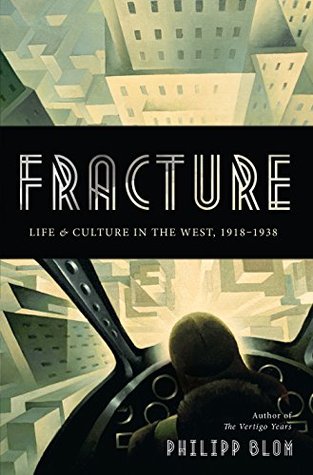It was not over. Instead, it would turn into what historians have called Europe’s “second Thirty Years’ War,” from 1914 to 1945. The so-called interwar years, then, were not so much years of peace as, to paraphrase Clausewitz, a continuation of war by other means. The new fronts ran between classes, between town and country, between ideologies, between rich and poor, and between ethnic groups. Perhaps these conflicts came closer to a manner of resolution during the late 1920s as economies stabilized and attitudes softened, but the global economic slump following the Wall Street crash hardened
...more
Welcome back. Just a moment while we sign you in to your Goodreads account.


